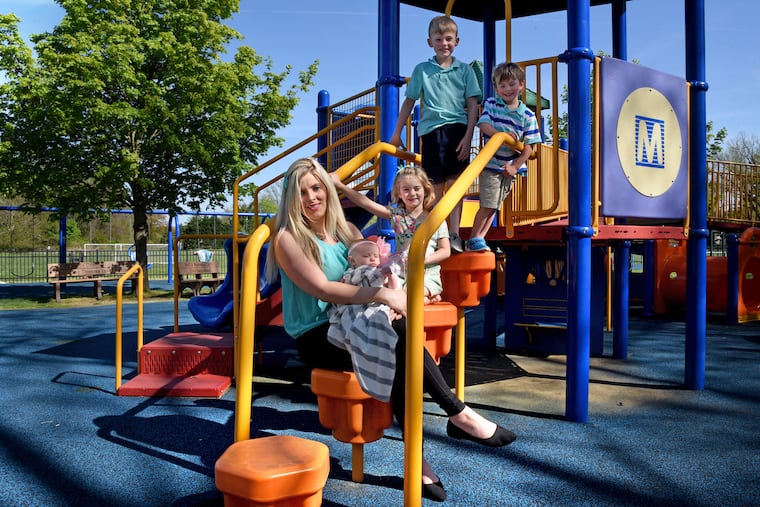Pivoting to middle school teacher from bank teller to stay ahead of disruption
Bank teller Jaclyn Mazuk didn't like her prospects in banking amid the growing trend toward digital transactions. So she pivoted to middle school teaching.

Bank teller Jaclyn Mazuk didn't like her prospects in banking amid the growing trend toward digital transactions. So she pivoted to middle school teaching.
